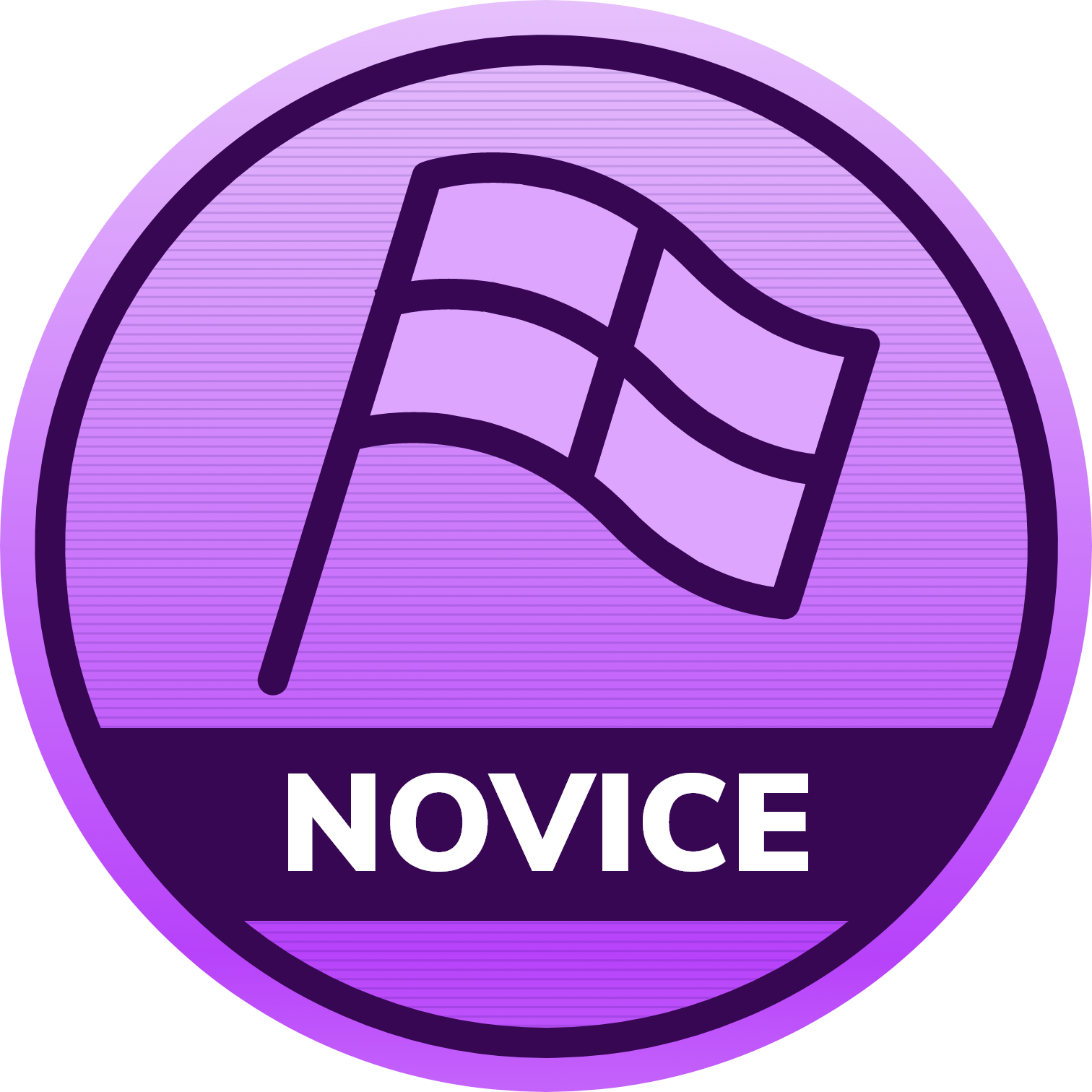Hey @Adam-Davis,
This could be a device-specific issue since Hexnode only handles the prompt to change the password via the password policy, while the rest is handled by Apple. But I shall provide you with some methods that might help you to troubleshoot this issue.
Method 1: Reset NVRAM/PRAM
NVRAM, short for non-volatile random-access memory holds the information and settings about the state of the Mac for faster boot. PRAM stores similar information too. Therefore, resetting them might solve your problems. To do that, restart your Mac while holding down the Command + Option + P + R keys at the same time for about 20 seconds. Once the Mac reboots, you can enter your login password again.
Method 2: Boot into Safe Mode
Starting your Mac in safe mode gets macOS to load with only the files and apps it needs to run. Booting your Mac into Safe Mode can check if any third-party software is preventing you from logging into your Mac or not.
To boot an Intel-based Mac onto Safe Mode:
- Hold down the Shift key when restarting your Mac.
- Release the key when seeing the Apple logo and loading bar.
To boot up an Apple M1 Mac into Safe Mode:
- Shut down your Mac and wait about 10 seconds to let it completely shut down.
- Press down the power button until seeing the startup disks and Options.
- Hold down the Shift key to enter Safe Mode.
If you have enabled FileVault, then you would be required to type in your admin account password to boot into Safe Mode. If you can boot into Safe Mode, then the third-party software that you have installed recently could be the reason why your access is restricted.
Method 3: Repair your Startup Disk via macOS Recovery mode
macOS Recovery is the built-in recovery system on your Mac. Your access to your Mac might be revoked due to some corrupted system files. This can be repaired by booting your Mac into macOS recovery mode. To do that follow the steps below.
- Press and hold the power button until the Mac turns off.
- Restart the Mac and immediately press and hold the Command and R keys.
- Release those keys when you see the loading bar.
- Wait for the macOS Utilities window to pop up.
- Select Disk Utility from the macOS Utilities window and click Continue.
- Click on View and choose Show All Devices to list all detected disks and volumes.
- Select Macintosh HD (the startup disk) in the left sidebar.
- Click First Aid on the top menu of Disk Utility.
- Click Run to check and repair errors in this drive.
Once the disk is fixed, you are good to go!
Cheers!
Peter Templeton
Hexnode UEM
-
This reply was modified 1 year, 9 months ago by
 Peter.
Peter.
-
This reply was modified 1 year, 9 months ago by
 Peter.
Peter.
-
This reply was modified 1 year, 9 months ago by
 Peter.
Peter.
.png)

 894 Views
894 Views


